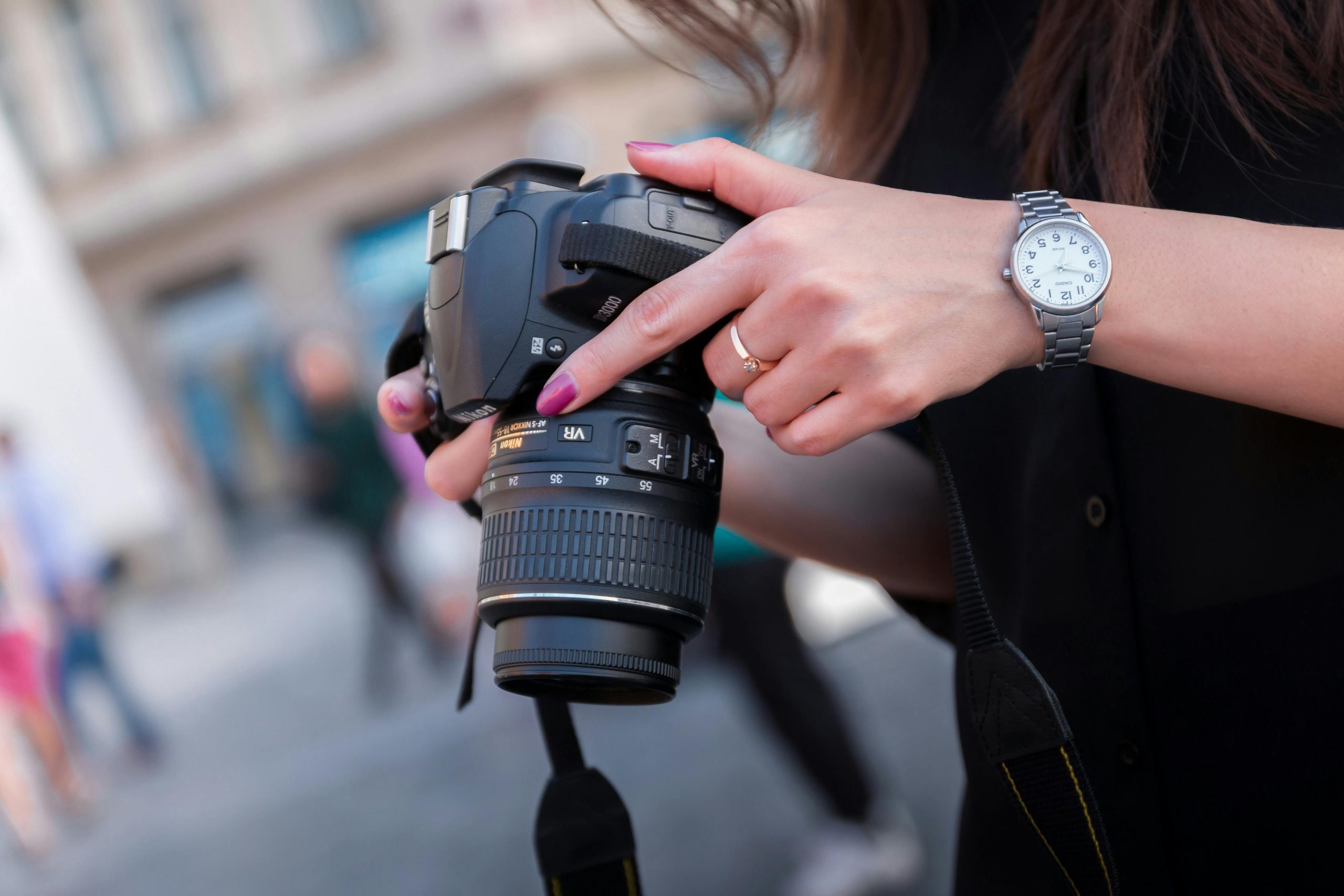Shot composition is a fundamental aspect of visual storytelling that can greatly impact the effectiveness and aesthetic appeal of a photograph or video. It involves the deliberate arrangement of elements within the frame to convey a specific message, evoke emotions, and guide the viewer's attention. In this article, we will explore the rules of shot composition and delve into the techniques that can elevate your visual storytelling to new heights.
- Rule of Thirds:
The rule of thirds is a widely recognized guideline in shot composition. It involves dividing the frame into a 3x3 grid and placing the key elements of the scene along the gridlines or at their intersections. This technique creates a sense of balance and visual interest, allowing the viewer's eyes to naturally navigate the image. By placing the main subject off-center, you can add depth and create a more dynamic composition. - Leading Lines:
Leading lines are powerful tools for directing the viewer's gaze and creating a sense of depth within an image. These lines can be actual physical lines, such as roads or fences, or implied lines formed by the arrangement of objects or elements within the frame. By strategically positioning leading lines, you can guide the viewer's attention towards the main subject or important elements, enhancing the overall composition. - Framing:
Framing involves using elements within the scene to create a frame around the main subject. This technique adds depth and context to the composition, drawing the viewer's attention to the subject while providing a sense of enclosure. Natural frames, such as archways, windows, or tree branches, can add visual interest and help create a more immersive experience for the viewer. - Balance and Symmetry:
Achieving balance and symmetry in shot composition can create a sense of harmony and visual appeal. Symmetrical compositions often convey a sense of stability and order, while asymmetrical compositions can evoke tension or a more dynamic mood. Experimenting with different forms of balance and symmetry can add depth and visual interest to your images. - Depth of Field:
Controlling the depth of field can significantly impact the composition and storytelling potential of an image. By adjusting the aperture and focusing distance, you can selectively blur the background or foreground, isolating the main subject and creating a sense of depth. This technique can help emphasize the subject and separate it from the surrounding elements, enhancing the overall composition. - Rule of Space:
The rule of space refers to the intentional inclusion of empty space in the direction the subject is facing or moving. This technique creates a sense of movement, anticipation, or freedom within the composition. Leaving space in front of a moving subject allows the viewer's eyes to follow the subject's gaze or movement, resulting in a more engaging and dynamic image.
Conclusion:
Mastering the rules of shot composition empowers visual storytellers to create captivating and impactful images. By understanding and applying techniques such as the rule of thirds, leading lines, framing, balance and symmetry, depth of field, and the rule of space, you can elevate your photography or videography to new levels. Remember, these rules are not strict guidelines but rather tools to help you craft compelling visual narratives. Embrace experimentation, practice, and develop your unique style to create stunning compositions that resonate with your audience.
